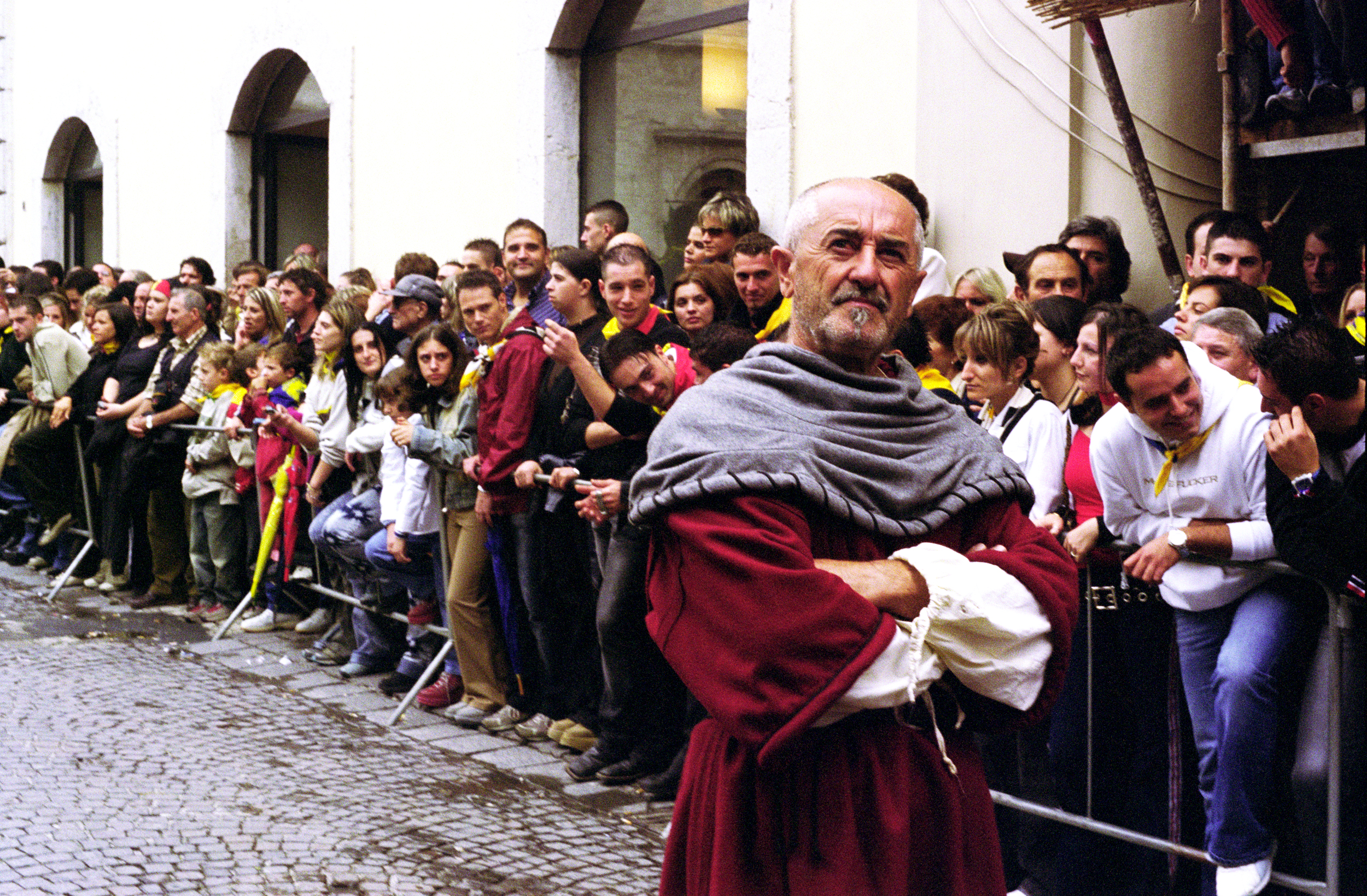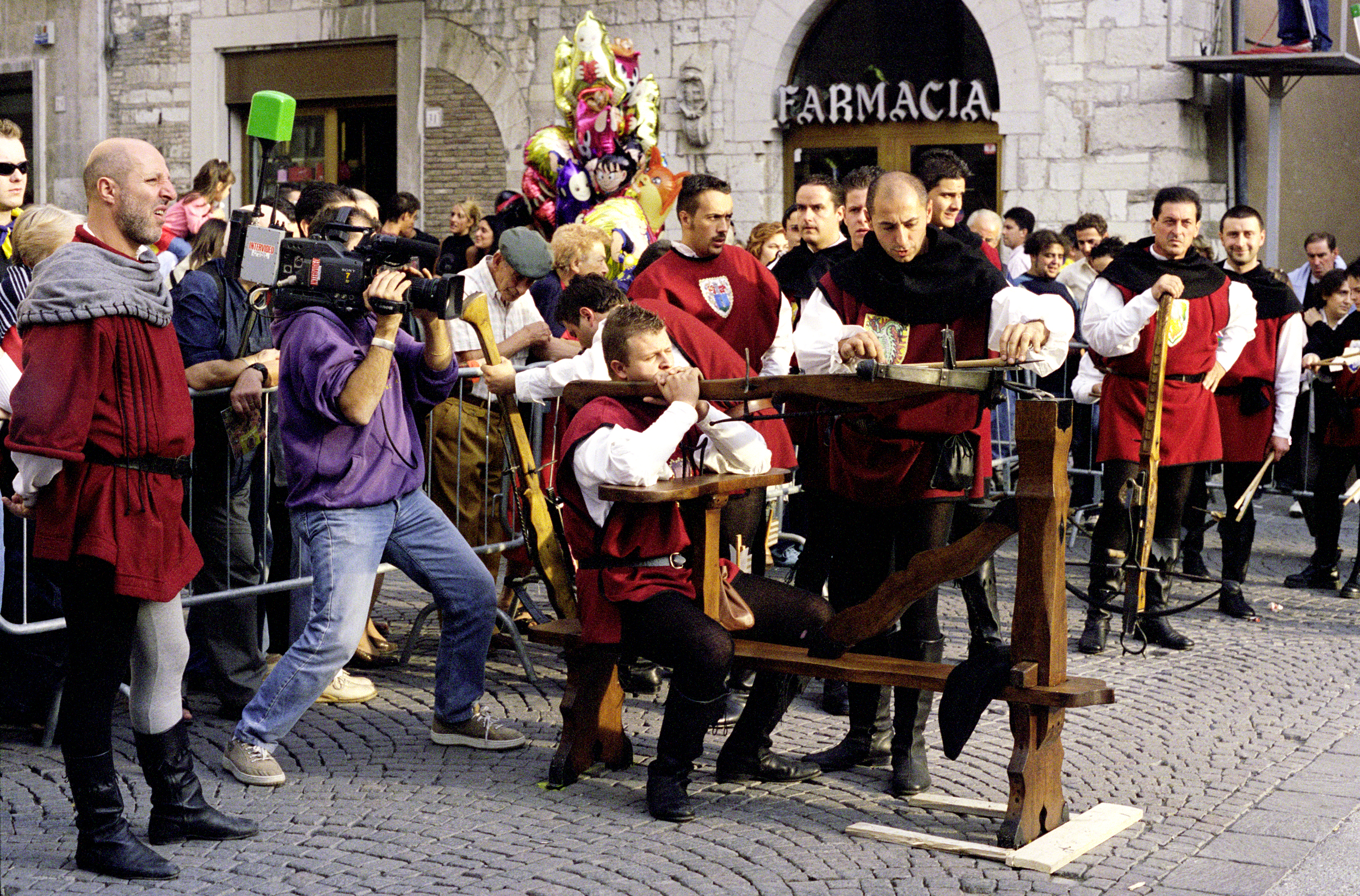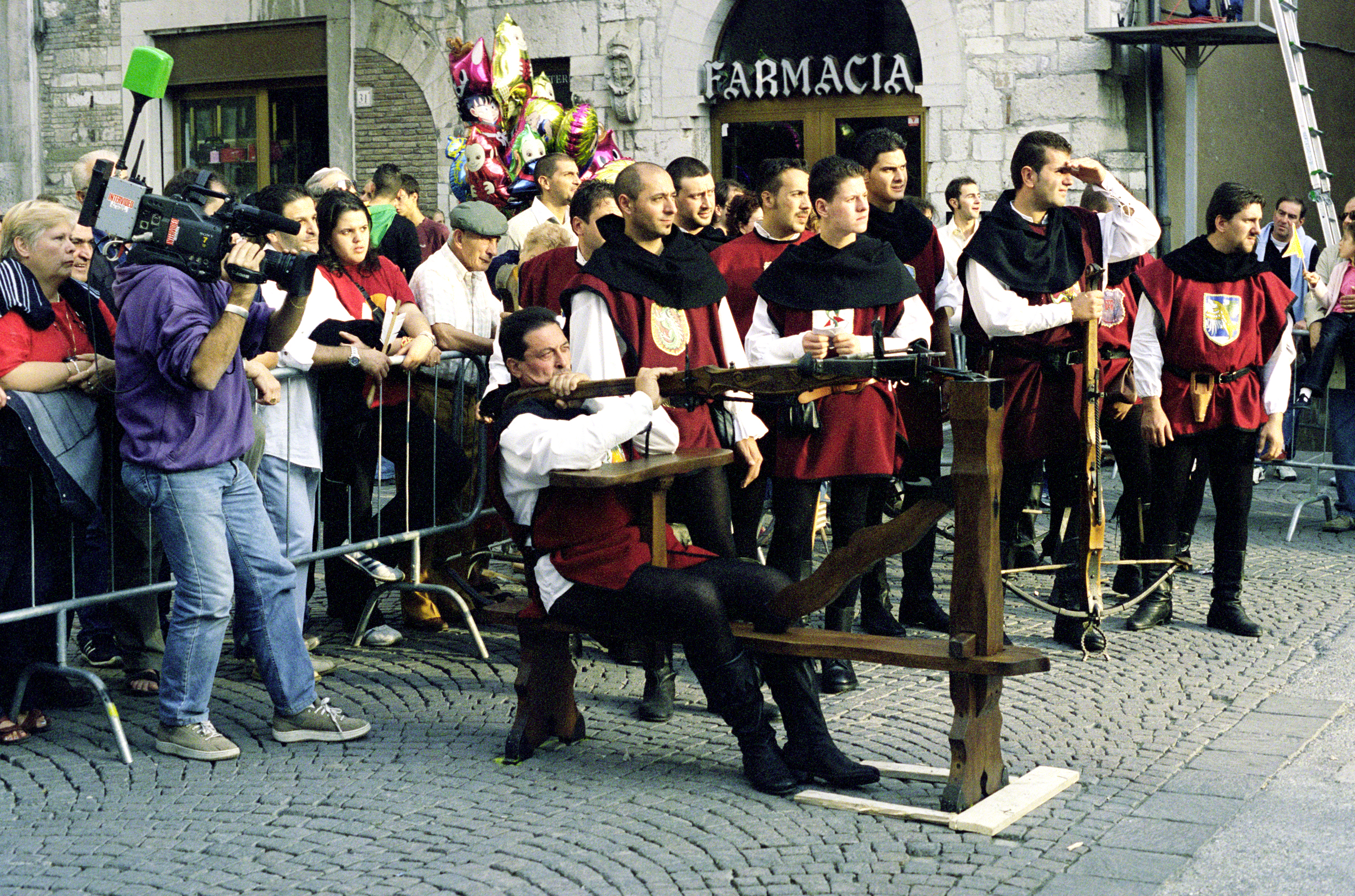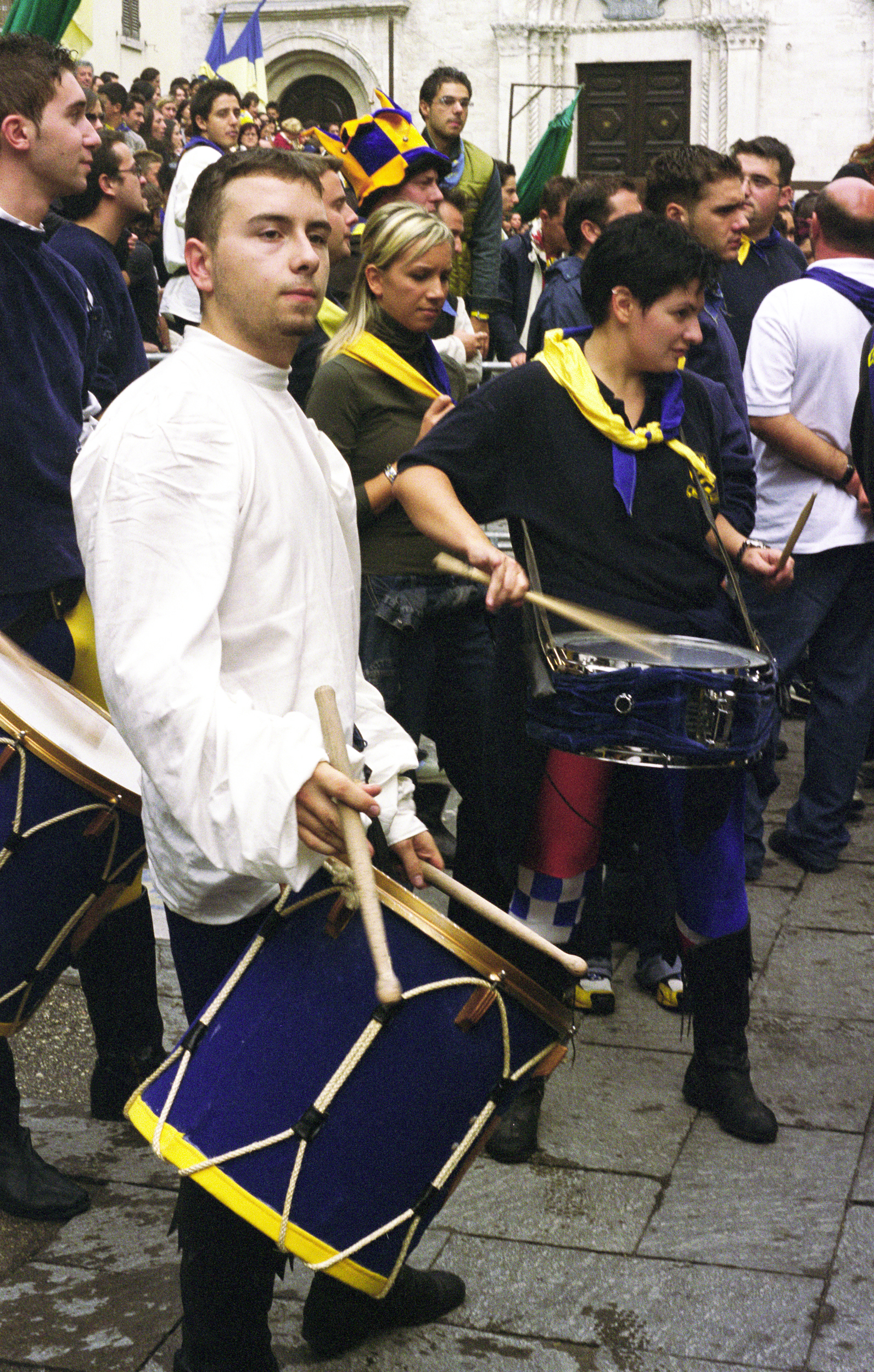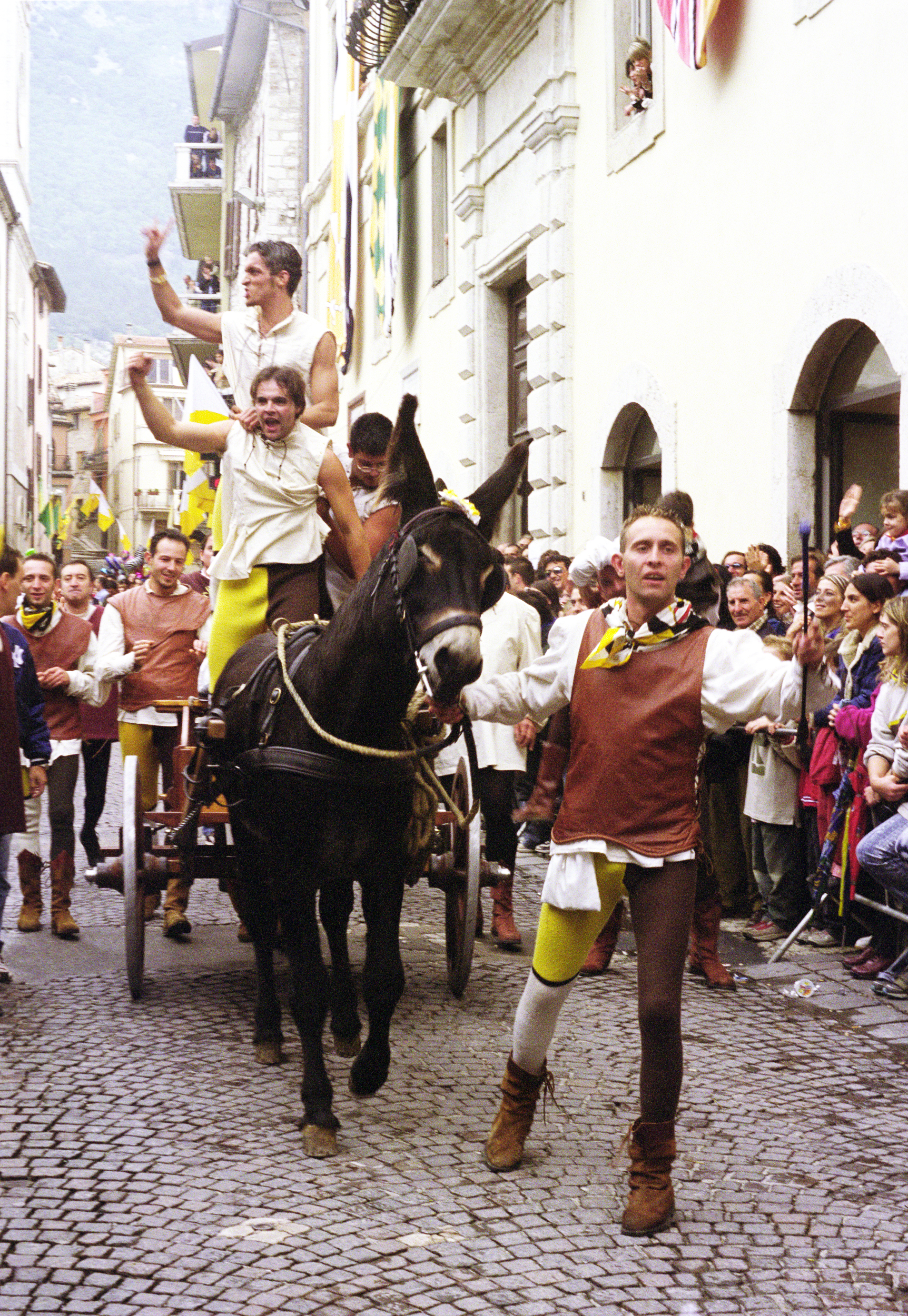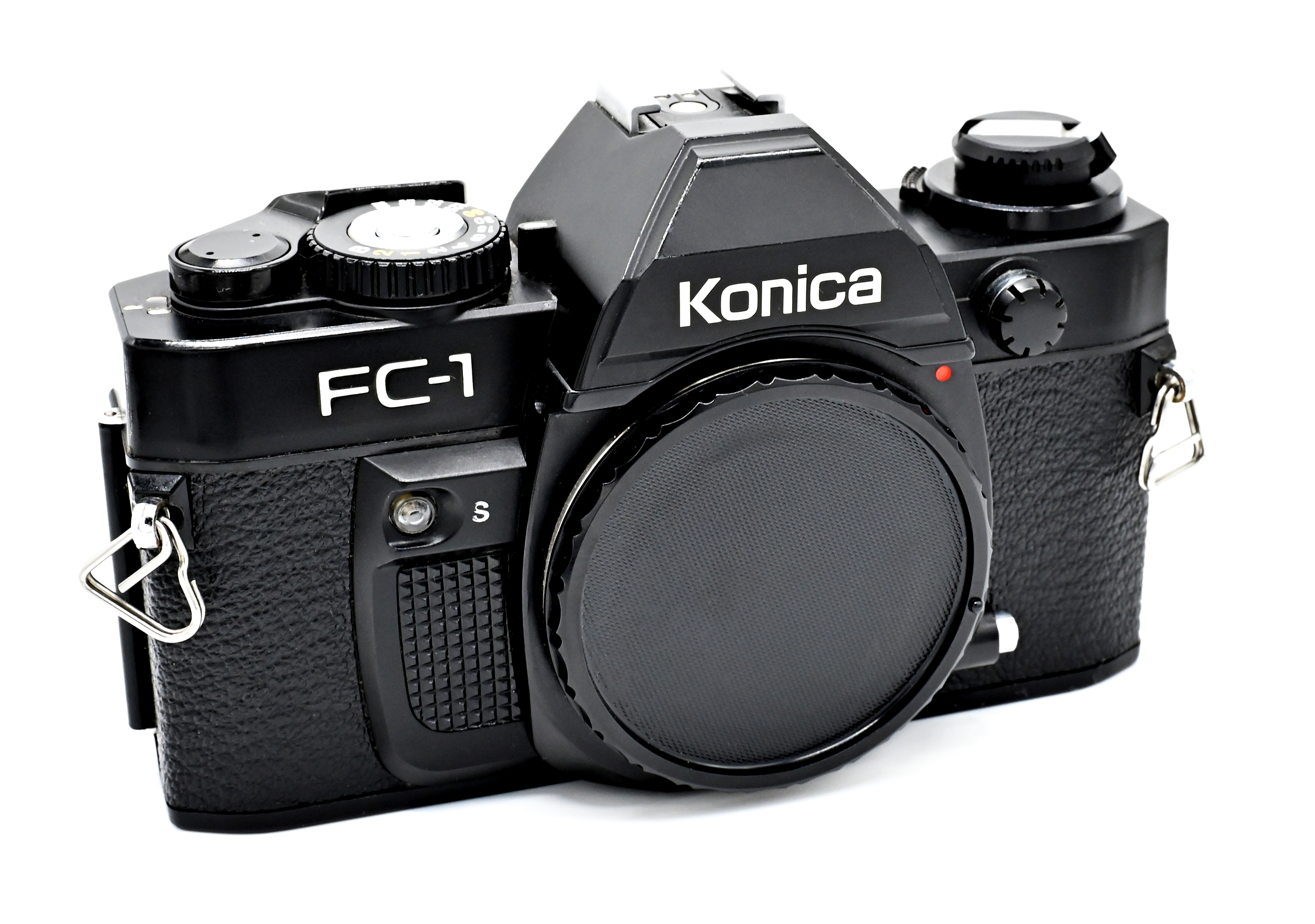
The 1980 FC-1 was Konica’s second electronic-shutter, shutter-speed priority 35mm SLR in the Autoreflex mount, incorporating some of the electronics technology from the 1979 FS-1, but without the integrated motor drive. The FC-1’s primary interesting feature for the time was a “semi-automatic” film loading that only required pulling the film across, closing the back, and advancing without the need to trip the shutter. At launch, the FC-1 was listed for about $200 and was initially bundled with the Konica 40mm f/1.8 Hexanon (produced by Tokina) and then later with the 50mm f/1.8 Hexanon (also produced by Tokina). A fairly basic SLR, the FC-1 has been proven to be a fairly reliable device with its only downsides being the lack of exposure lock and its profoundly average viewfinder brightness. Let’s take a look.
Specifications
| Year Introduced | 1980 |
| Mount | Konica Autoreflex |
| Autoexposure | Shutter Speed Priority |
| Exposure Lock? | No |
| Shutter Speeds | B, 2, 1 – 1/1000 |
| X-Sync | 1/60 (1/100 with X-24) |
| Focusing Screen | Split Image / Microprism |
| ASA Range | 25-1600 |
| Battery | 4 x SR44 |
| Weight | 650g |
| Motor Drive | External Auto-Winder F |
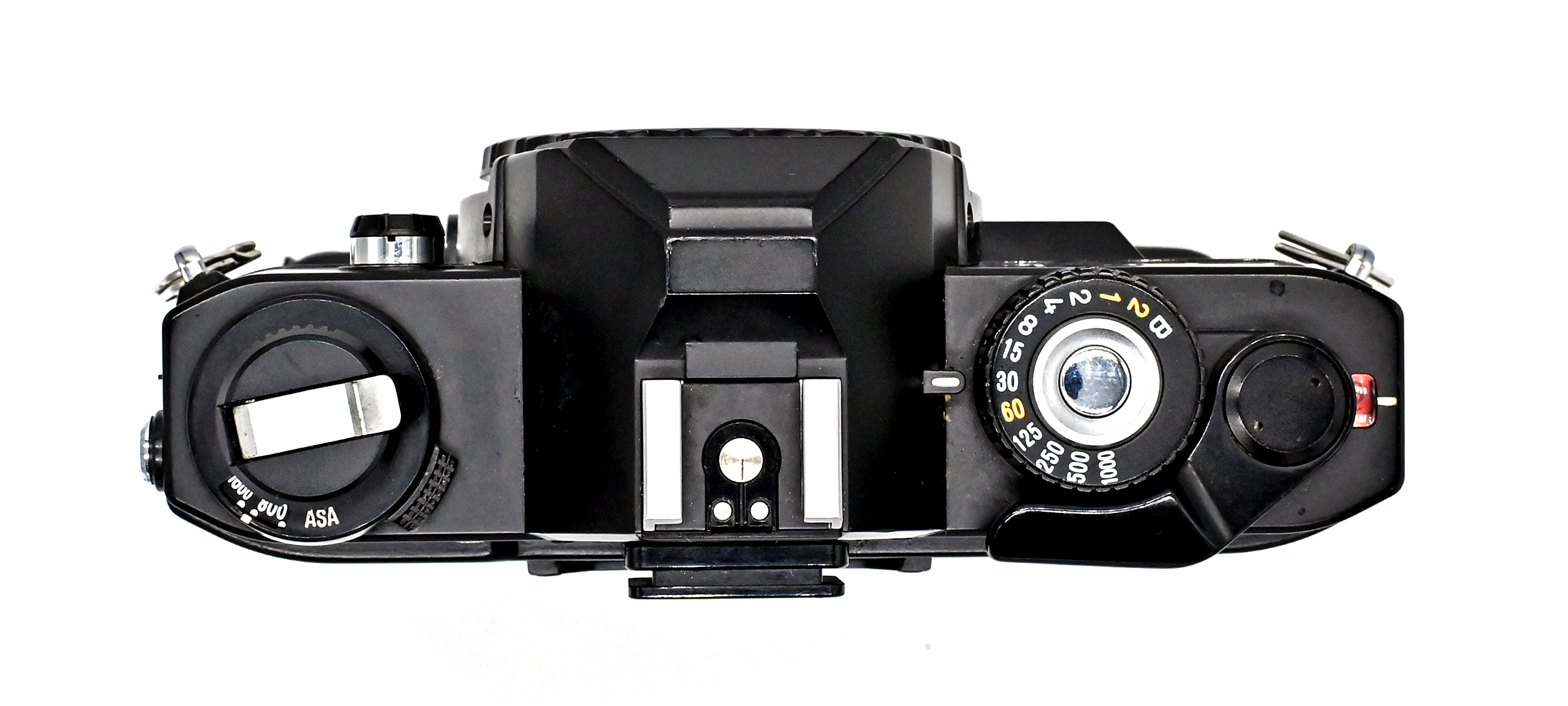
Operation
There is nothing particularly remarkable about the FC-1’s operation. Much of its technology was carried over from the prior FS-1. It was fairly competitive in the 1980 cutthroat advanced amateur market. In 1983, both the FS-1 and FC-1 were replaced by the much better Konica FT-1.
Semi-Automatic Film Loading System: In a system modified from the motor-driven FS-1, the FC-1 advertised an “easy” film loading where it was only necessary to pull the film across the film plane to the other side, without the need for engaging the leader into the cogs of the take-up mechanism. Merely pull the film across, close the back, and advance the film to “1” without having to trip the shutter.
Flash Automatic Shutter Speed Control: In another feature carried over from the FS-1, the Konica X-24 flash could automatically set the flash-sync speed on the camera to 1/100 (over 1/60).
Viewfinder: In yet another feature from the FS-1, the FC-1’s viewfinder displayed on the left-hand side apertures from M to f/22. When used in AE mode, an red LED would illuminate next to the aperture that would be set at the shutter speed selected on the camera. There is no other information displayed, such as frame count. While the viewfinder does have a split-screen / microprism focusing aids, the focusing screen itself is not very bright.
AE and Manual Exposure Control: The FC-1 does not have an exposure lock or any exposure compensation dial. With Autoreflex AE or EE lenses, simply choose a shutter speed on the dial and the camera will automatically select the appropriate aperture. Over or underexposure are indicated if the red LED blinks at the top or bottom of the aperture display in the viewfinder. Correct metered manual exposure is achieved by manipulating the aperture on the lens and the shutter speed on the camera until the LED lights up in the blank between the “M” and “f/1.4” settings.
Motor Drive: The FC-1 could employ the external “Auto-Winder F,” which could theoretically achieve 1.5 frames per second with an optional “continuous mode.” The Auto-Winder F is pretty loud. It also illuminates a red light when the roll is at its end.
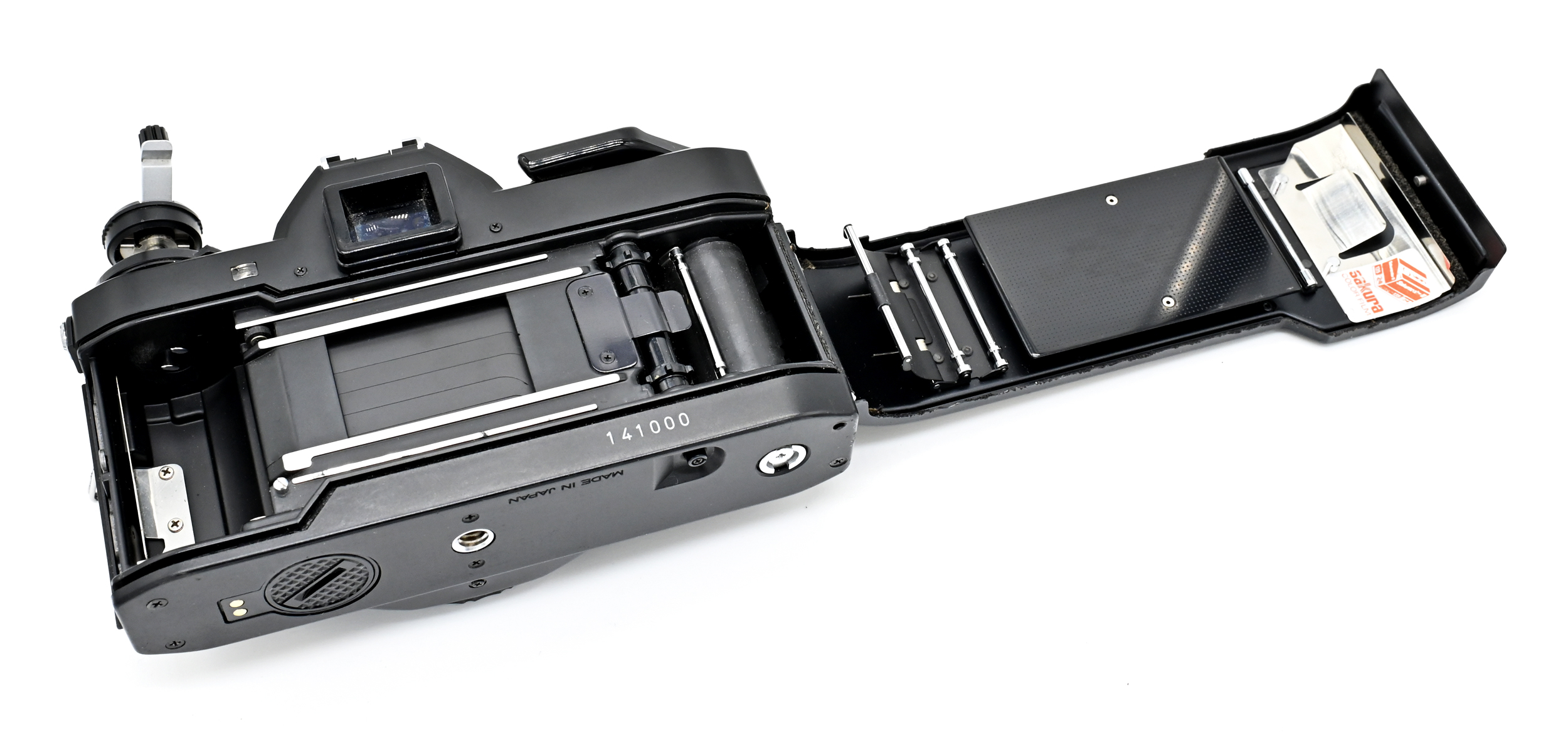
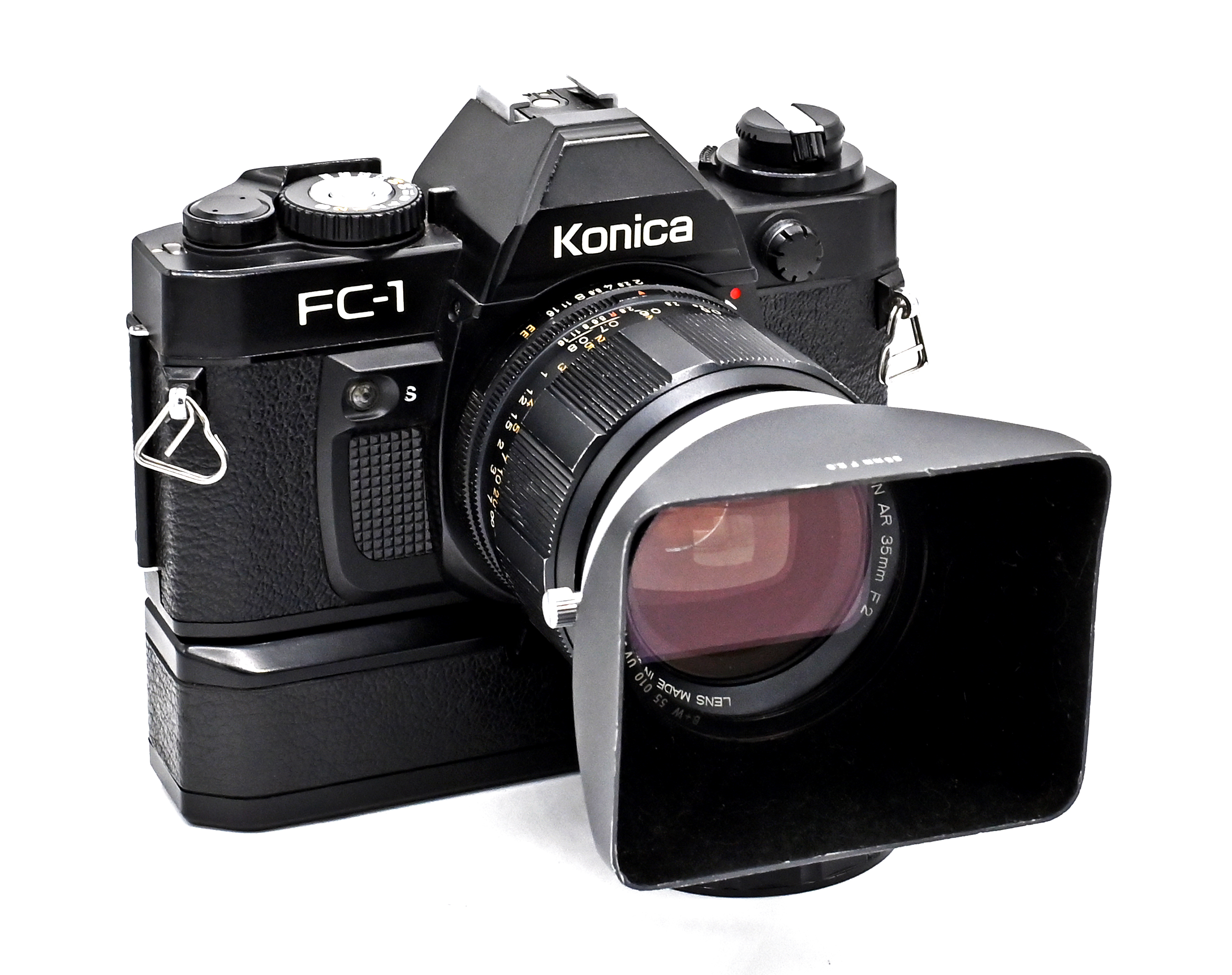
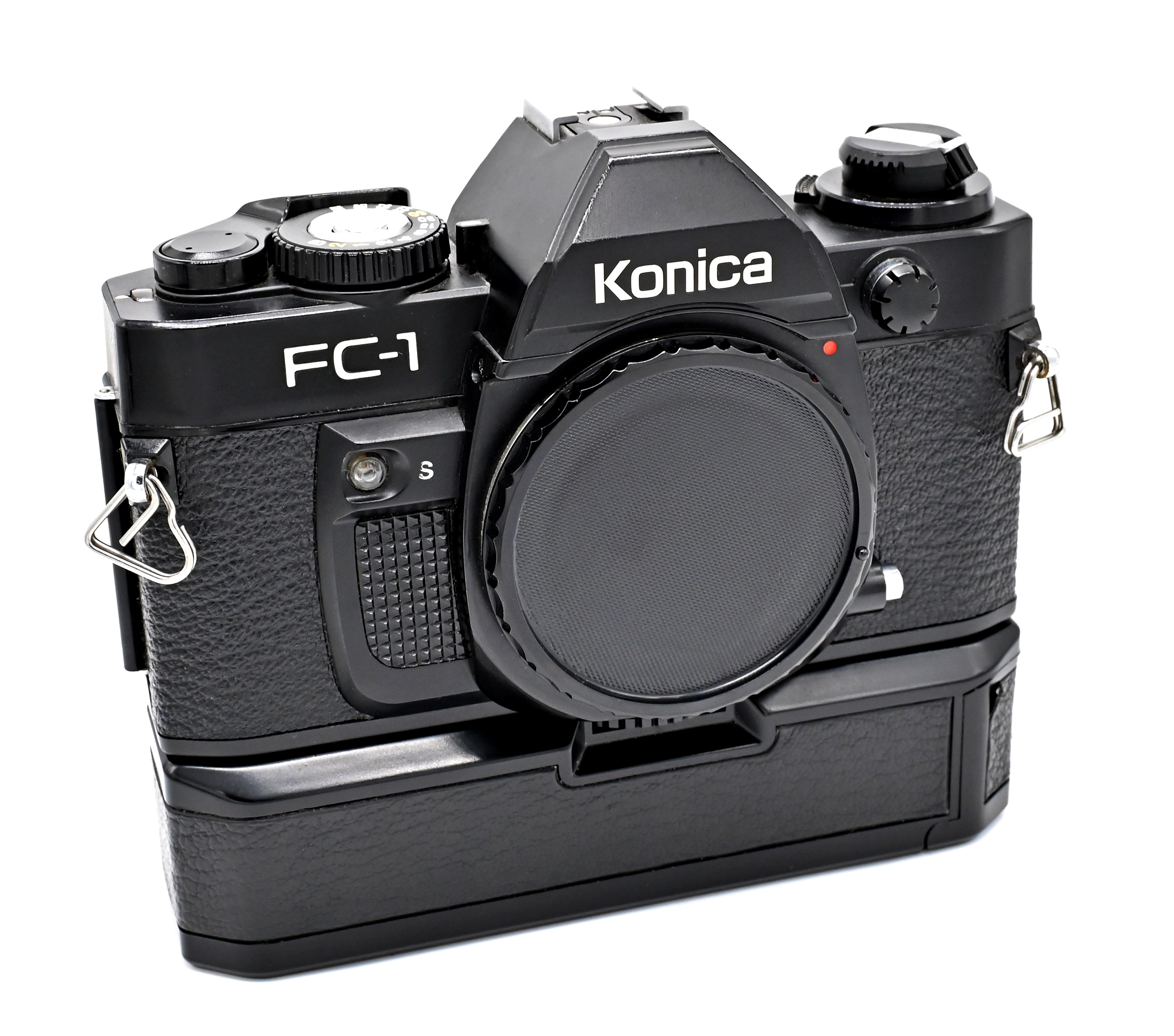
Conclusions
There is not much to say about the rather basic FC-1. As one of four electronic-shutter Konica Autoreflex models (FS-1, FP-1, and FT-1 being the others), it is probably the second best of the bunch. While proving to be a more reliable platform than the FS-1, it cannot hold a candle to the later FT-1. For me, the lack of exposure lock or exposure compensation and the below-average viewfinder brightness make this not the best choice if looking for a Konica Autoreflex film platform. My advice would be to hold out for a working FT-1.
